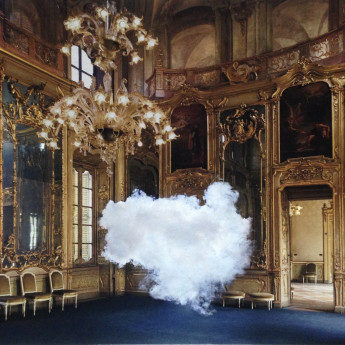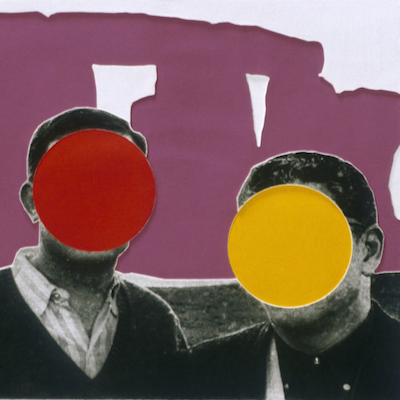
Details
Artist
Styles
// Untitled: (Castor #1) by Claire Fontaine, a digital print from 2013, presents a thermal-like image of a cargo train surrounded by silhouetted figures, suggesting a scene of observation or protest. The image is rendered in vivid shades of blue, green, yellow, and red, with one container highlighted in intense red, drawing attention to its contents or temperature. The surrounding figures add an element of tension, hinting at themes of surveillance, environmental risk, or political dissent. Fontaine’s use of thermal imagery emphasizes the hidden or potentially hazardous nature of transported materials, provoking questions about transparency, safety, and societal oversight.
Untitled: (Castor #1.), 2013
form
Medium
Size
90 x 120 cm
- Inches
- Centimeters
Edition
Price
- USD
- EUR
- GBP
Details
Artist
Styles
// Untitled: (Castor #1) by Claire Fontaine, a digital print from 2013, presents a thermal-like image of a cargo train surrounded by silhouetted figures, suggesting a scene of observation or protest. The image is rendered in vivid shades of blue, green, yellow, and red, with one container highlighted in intense red, drawing attention to its contents or temperature. The surrounding figures add an element of tension, hinting at themes of surveillance, environmental risk, or political dissent. Fontaine’s use of thermal imagery emphasizes the hidden or potentially hazardous nature of transported materials, provoking questions about transparency, safety, and societal oversight.
- Recently Added
- Price (low-high )
- Price (high-low )
- Year (low-high )
- Year (high-low )
Claire Fontaine
Untitled: (Castor # 2.), 2013
Limited Edition Print
Digital Print On Paper
EUR 2,000
What is conceptual art?
Sometimes referred to as Conceptualism, this is an art form where the idea(s) or concept(s) behind the work take precedence over material concerns and traditional aesthetics. Many conceptual artworks can be created by anyone simply by following written instructions. The concept or idea is the most essential aspect of the artwork.














